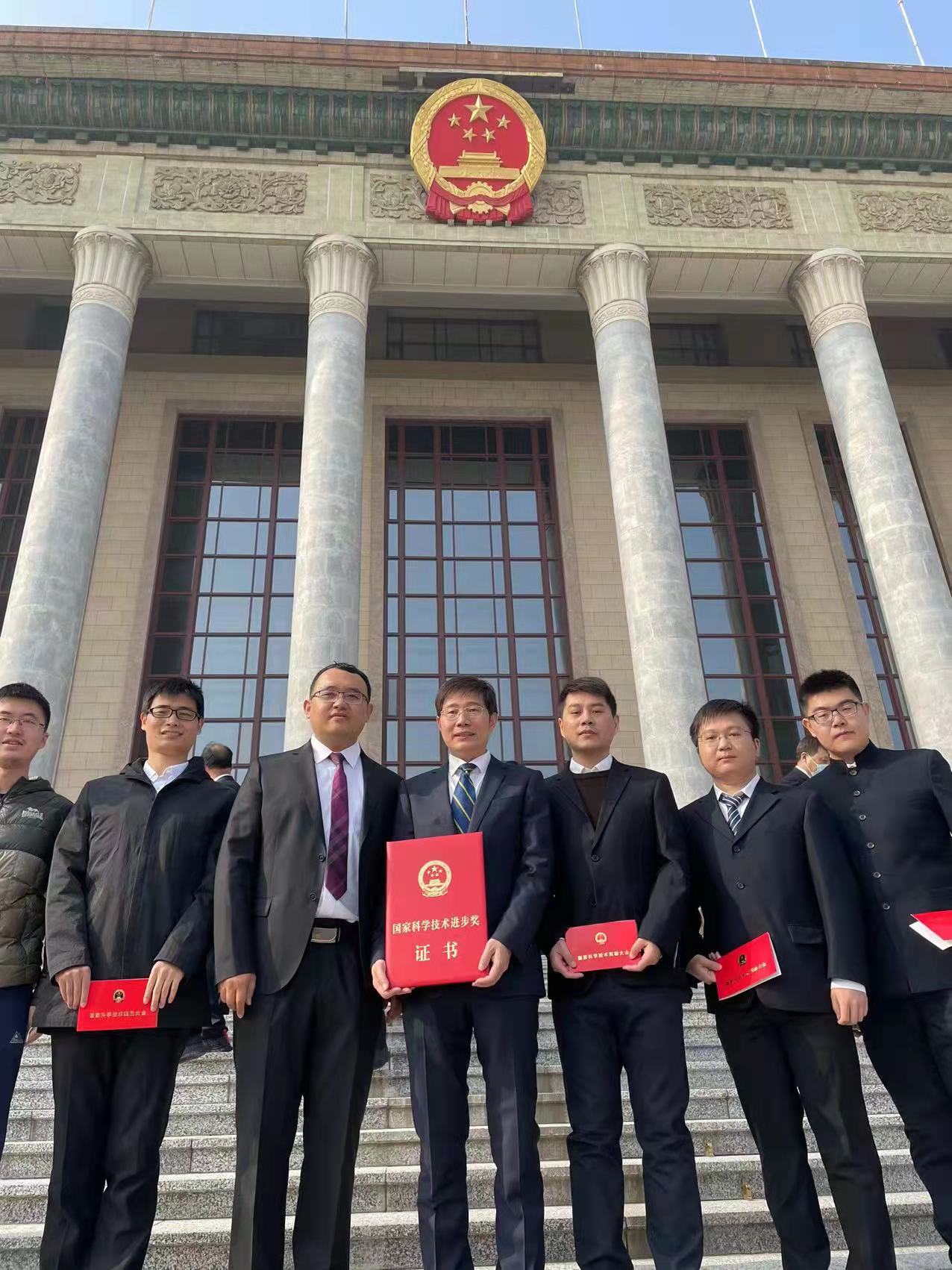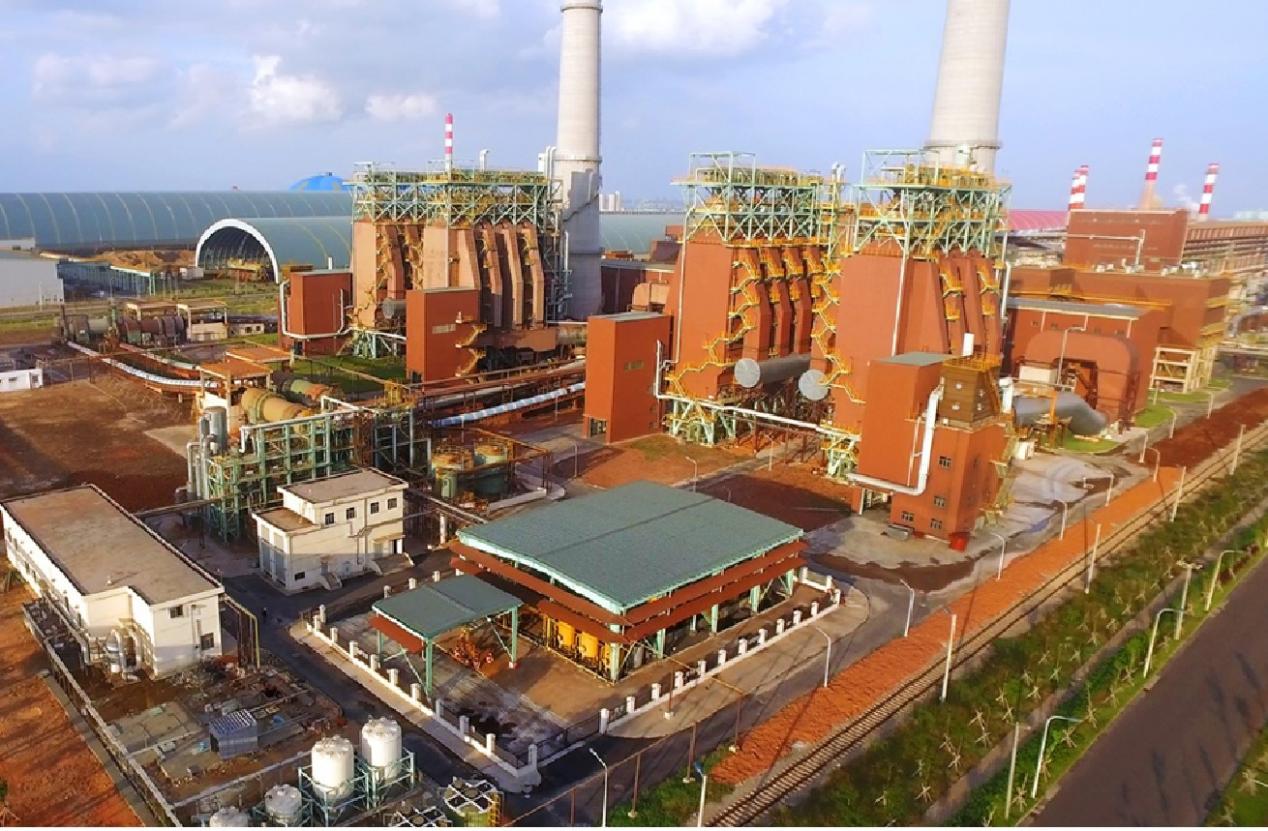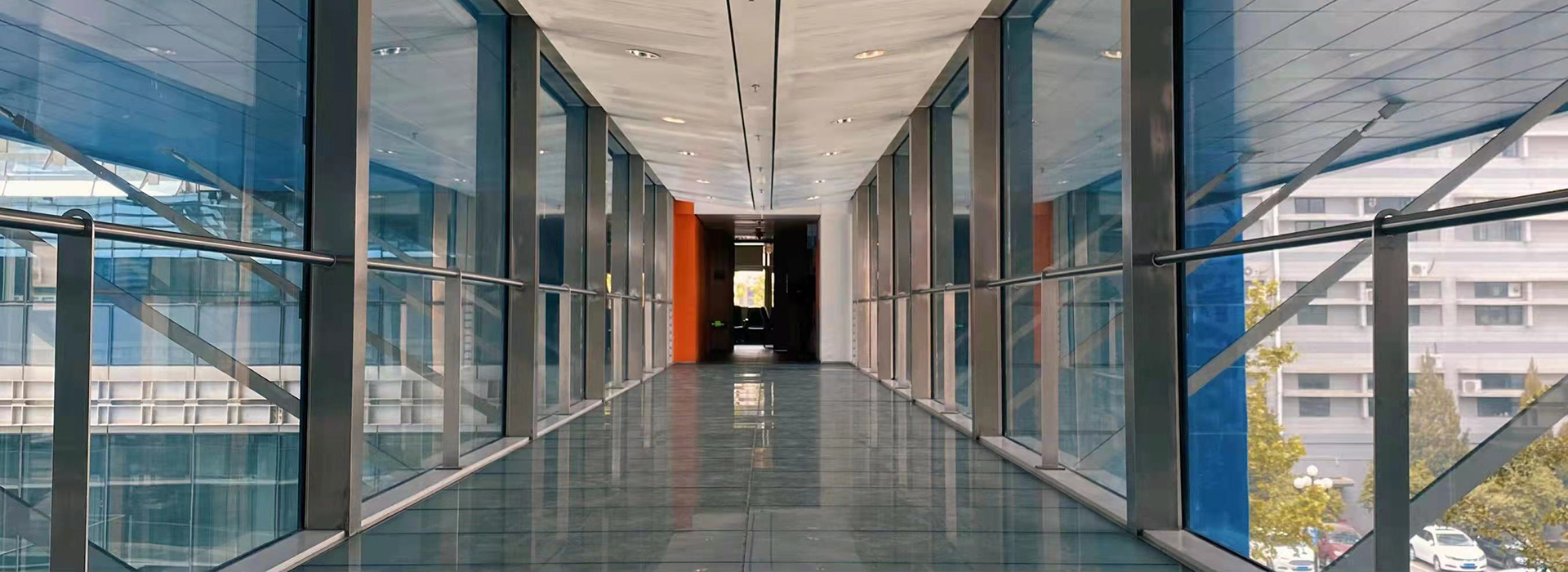On the morning of November 3, the 2020 National Science and Technology Award Conference was held at the Great Hall of the People in Beijing. The project, titled “Technology and Application of Synergistic Deep Purification for Multi-Pollutants in Flue Gas”, led by Professor Li Junhua from the School of Environment, Tsinghua University won the first-class prize of the National Science and Technology Progress Award (NSTPA). The project solved technical difficulties in synergistic removal of multi-pollutant during flue gas purification, which signified a big step forward to realize efficient multi-pollutants control of flue gas.

The fourth from the left is Professor Li Junhua; the third from the left is Associate Researcher Peng Yue
The main team members of the project include Li Junhua, Hao Jiming, Ye Hengdi, Peng Yue, Zhu Tong, Chen Guifu, Zhao Qian, Cen Chaoping, Yao Qun, Song Qiang, Zhang Zhigang, Ma Yongliang, Wei Jinchao, Li Haibo, and Chen Jianjun. The main institutes or companies involved in the project are Tsinghua University, Zhongye Changtian International Engineering Co., Ltd., CECEP Environmental Protection Equipment Co., Ltd., Sinosteel Tiancheng Environmental Protection Scince & Technology Co., Ltd., SCIES, Xi’an Xikuang Environmental Protection Co., Ltd, Sinoma Environmental Protection Technology Co., Zhongchuangqingyuan, Shanxi Xinhua Chemical Co., Ltd., and CNBM Environmental Protection Research Institute (Jiangsu) Co., Ltd.
Targeting at the synergistic deep purification for multi-pollutants in flue gas, the project has invented core materials such as dual-function catalysts, carbon-based multifunctional absorbent materials and catalyst coated gradient filter. It has also developed key equipment for desulfurization and dust removal, and equipment for multi-pollutants adsorption and regeneration at low temperatures. A series of advanced techniques related to the purification process has also been designed, and the operation process has met the most stringent standards of ultra-low emissions in the world. The results of the project have been demonstrated and applied in steel sintering, cement, glass, and other industries in 32 provinces, municipalities, and autonomous regions and 23 other countries. It is surely a bellwether in the purification of flue gas, and a big step forward to win China’s Blue-Sky Protection Campaign.

Ultra-low emission project in steel industry
Ever since its inception in 1984, the School of Environment has always been conducting basic, forward-looking, innovative, and strategic scientific research and breaking technological bottlenecks with an eye to the strategic needs of national environmental protection and the international academic frontier. The school has won a total of 29 national awards on science and technology, including 3 first-class, 16 second-class and 4 third-class awards of the NSTPA, 3 second-class awards of the National Natural Science Award, and 3 second-class awards of the National Technology Invention Award.





